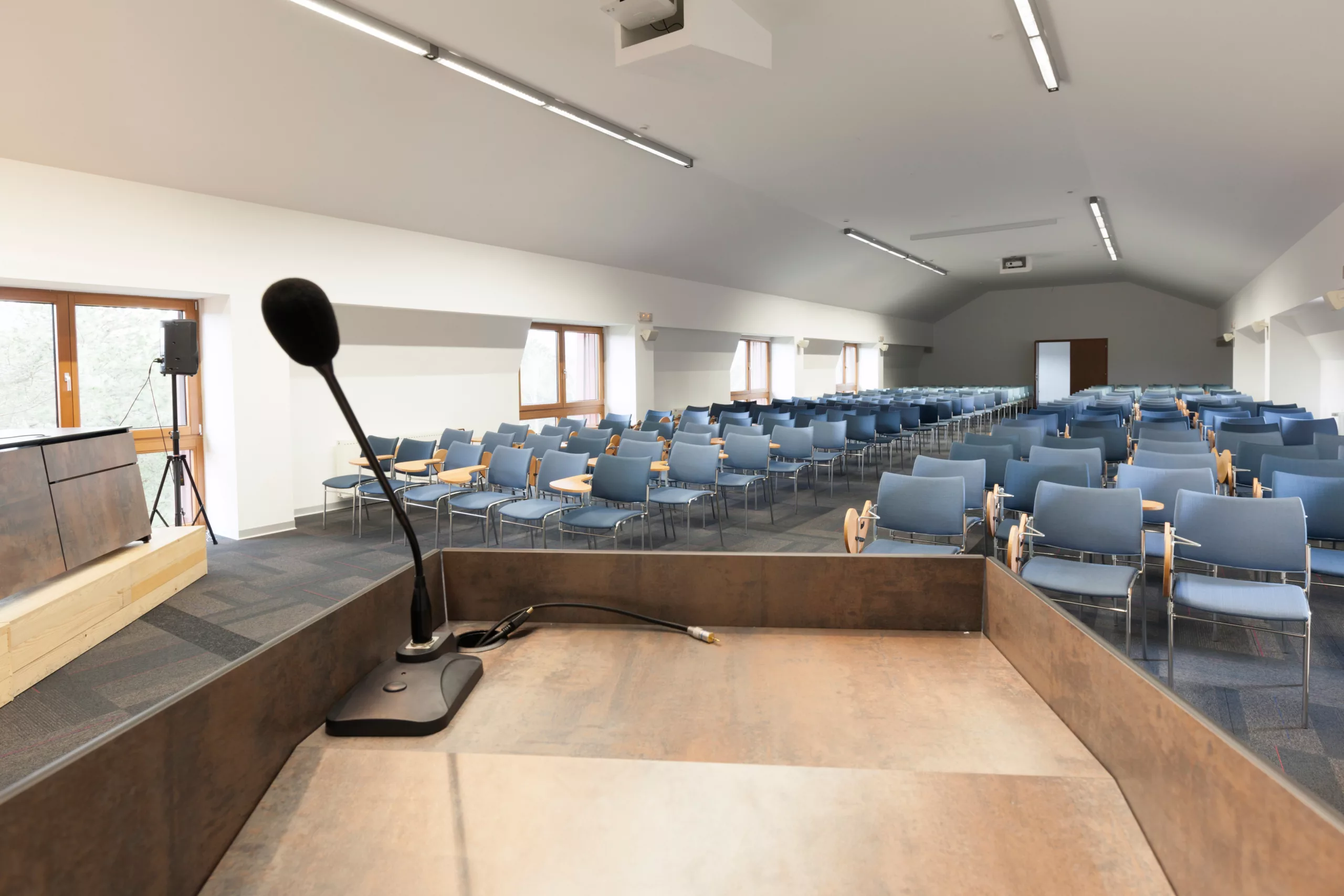Optimal Strategies for Placing Surveillance Cameras to Improve Surveillance Effectiveness
Optimal Strategies for Placing Surveillance Cameras to Improve Surveillance Effectiveness
Blog Article

Positioning surveillance cameras effectively effectively remains crucial to enhancing surveillance across various settings, such as residences, businesses, as well as public areas. The primary goal of surveillance cameras remains to deter criminal activity and offering evidence in instances of incidents. To attain this, it is important to consider various factors, such as camera location, range of view, as well as the specific areas that require oversight. By understanding these factors, individuals as well as organizations can develop a comprehensive monitoring strategy that optimizes the effectiveness of their surveillance solutions.
One of the first steps in placing surveillance cameras is to determine key locations that need monitoring. High-risk areas, such as entry points, exits, parking areas, and locations with valuable items, should be prioritized. It also important to take into account blind spots, that are locations that may not be seen from certain perspectives. By mapping out these key locations, security staff can ensure that all corner remains monitored, reducing the likelihood of criminal actions going unnoticed. Additionally, installing cameras at strategic locations can help form a comprehensive perspective of the property, allowing for improved overall surveillance monitoring.
The field of a surveillance camera remains another important element to consider. Various types of cameras provide varying ranges of view, that can affect how many space is recorded in the video. For instance, broad-view cameras can cover bigger spaces, making them ideal for open locations, while pan-tilt-zoom cameras can be adjusted to concentrate on specific features. When placing cameras, it becomes important to select the appropriate type based on the area being observed. This guarantees that the camera can capture sharp images and provide important information in case of an occurrence.
Height and tilt of installation also play a significant part in the efficacy of security cameras. Cameras should be installed at a level that is out of grasp of possible interference but still allows for clear visibility of identifying features and additional recognizable details. cctv camera installation for schools A typical recommendation is install systems at least 8 to ten feet off the floor. Additionally, the tilt at which the system is positioned can impact its capability to record crucial information. Cameras should be angled to reduce reflection and avoid blockages, guaranteeing that they can record clear video at any moments.
In conclusion, regular maintenance and updates to the surveillance system are essential for sustained efficacy. This includes inspecting system functionality, cleaning lenses, as well as making sure that software is current. Frequent assessments of the monitoring plan can assist identify any additional areas not visible or locations that may require extra monitoring. By staying vigilant and implementing necessary adjustments, people as well as organizations can enhance their monitoring effectiveness and ensure that their surveillance solutions continue to fulfill their designated purpose.